Skin
What is the skin? Skin Definition
The following is a general overview of basic skin. Because before going into to learn how, the secrets of beauty, disease prevention, ... with the articles shared below we should grasp the outline of the skin to better understand our skin.
Skin is the organ of the excretory system, which covers the body, protects the body from the impact, adverse effects of the external environment on the body. In addition, the main function of the skin is to regulate, feel temperature, synthesize vitamins B and D. Skin is considered one of the most important parts of the body. Surface area is 2m2
Human skin is made up of three layers: the epidermis, dermis and subcutaneous fat.
Epidermis
Horn floor: The stratum corneum consists of dead, tightly packed cells that are easy to peel off.
Living cell layer: The living cell layer consists of cells capable of dividing to form new cells, containing the pigment particles that make up the skin color, some living cells differentiate into hair-producing cells and reproductive cells. nail
Dermis
The dermis is made up of durable connective tissue fibers, including receptors, oily glands, sweat glands, hairs and hairs, pores, blood vessels, nerves.
Oily glands: The task of the sebaceous gland is to produce mucus, which forms a slime layer that covers the skin's surface, helps the skin to be soft, not to watery and to limit the penetration of bacteria from the external environment.
Sweat gland: Subcutaneous beam form (most commonly in hands, feet, armpits, groin, forehead) has 2 to 3 million glands. The task is to sweat (the waste products are filtered from the blood), helps regulate body temperature, causing body temperature to drop to normal temperature when overheated. Lysozyme salt has high antibacterial properties. There are two types of sweat glands: the whole sweat gland and the half-sweat gland.
Feathers and related accessories: Coat consists of: pore, fur, puffed muscle, puffed-up muscle is responsible for shrinking when it is cold, making the hair stand up, tightly covering pores, not allowing the warmth in the body to fly to the air, that will keep the body warm
Fat layer under the skin
Fat tissue: Protects skin from mechanical damage, heat insulation, energy reserve
Nerve: Helps skin identify environmental stimuli.
Blood vessel: Helps skin metabolism with the outside body
-
Nutrition
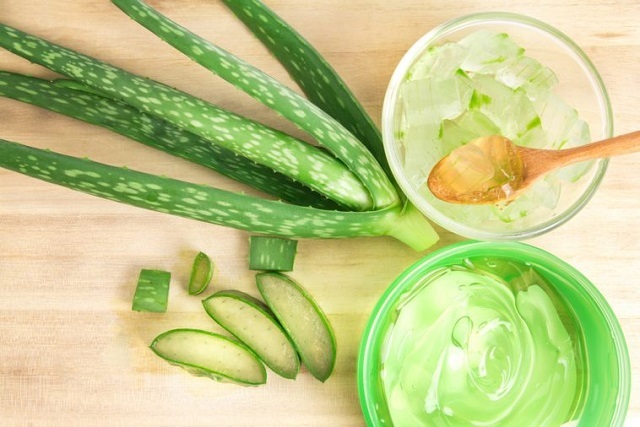
Top 9 Uses of Aloe Vera With Health Beauty
New Ingredients: Nutrition Ingredients And Uses Of Aloe Vera
Read More » -
General News
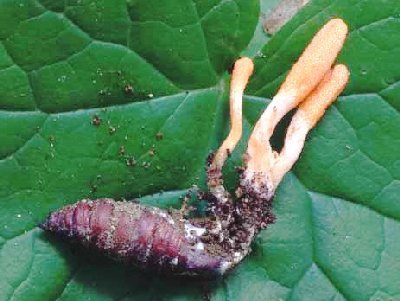
-
Nutrition

Top 10 Uses Of Coconut Oil For Beauty Health
New List: 01/28/20 List of Effects, Uses Of Coconut Oil Specific To Health And…
Read More » -
Nutrition
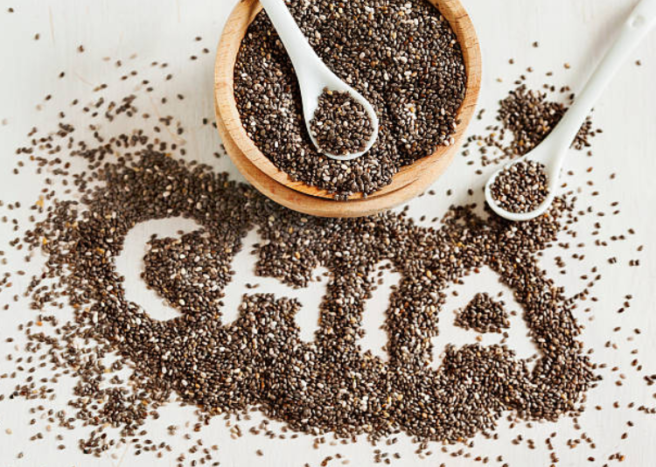
Top 8 Uses Of Chia Seeds With Beauty Health
The List of Effects, Uses of Chia Seeds For Health And Beauty
Read More » -
General News

Ganoderma Forest And All The Information Need To Know
Ganoderma lucidum - In particular, the article here DamiLama will talk about Ganoderma ...
Read More » -
Blog Damilama - Himalayan Salt Rock

Top 03 Expressions Of Skin Reflecting Health Condition
Update: 10/6/19 The owner of ruddy skin is not only beautiful but also proves that the body has ...
Read More » -
Blog Damilama - Himalayan Salt Rock
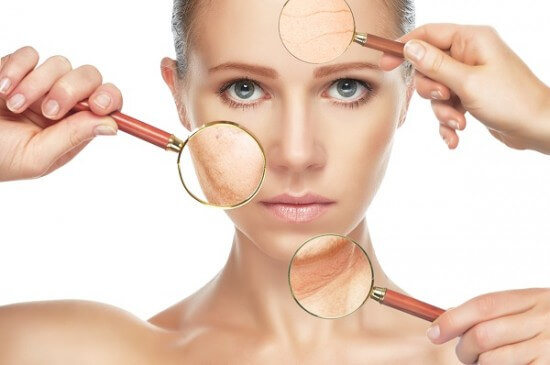
Mechanism of Preventing Skin Aging from Himalayan Pink Salt
New update: October 2, 19 Skin aging - Under the impact of both objective and subjective factors such as ...
Read More » -
Blog Damilama - Himalayan Salt Rock

Safe Scalp Treatment For Himalayan Salt
Updated: 02/17 / 18Topular Fungus - Only simple ingredients are Himalayan rock salt and ...
Read More » -
Blog Damilama - Himalayan Salt Rock
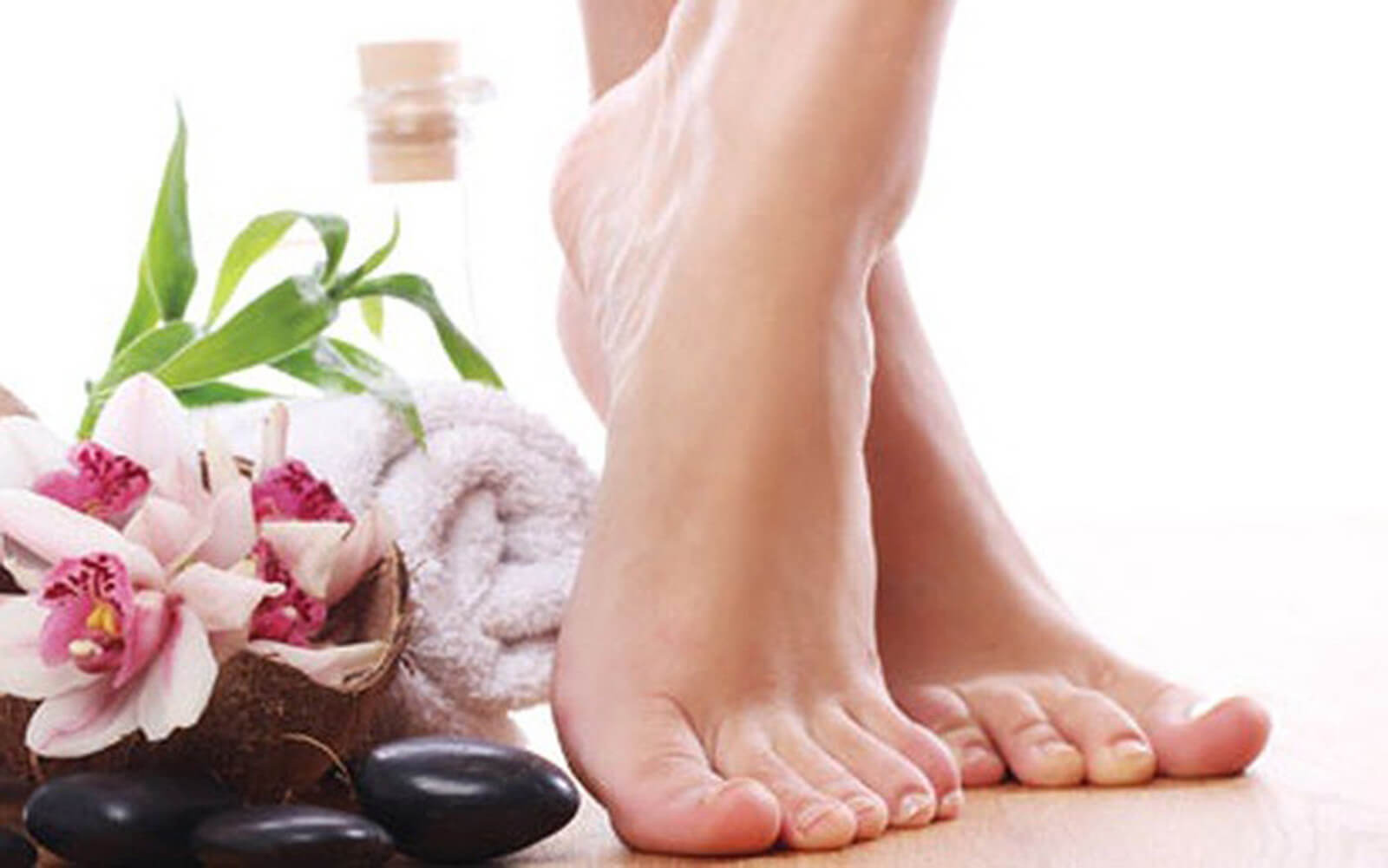
Secret of Soothing Cracked Heel With Pink Salt
The Secret of Relieving Heel Chapping With Pink Salts Cracked heels are not only ...
Read More » -
Blog Damilama - Himalayan Salt Rock
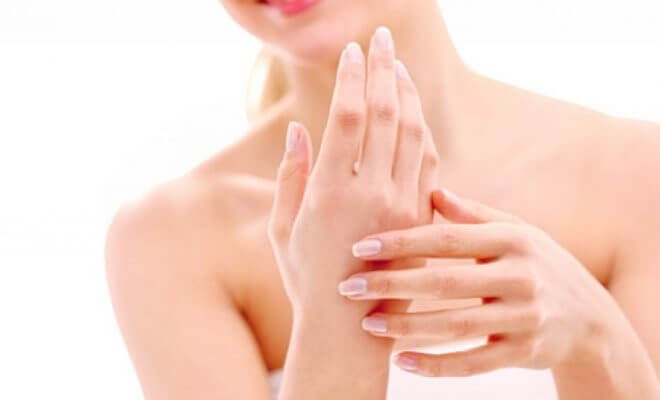
Effective Asian Horn Disease Prevention from Himalayan Pink Salt Rock
Updated: 02/17/18 Preventing Asian Horn Disease Effective From Himalayan Pink Salt Rock Asian Horn disease is a disease of…
Read More »
